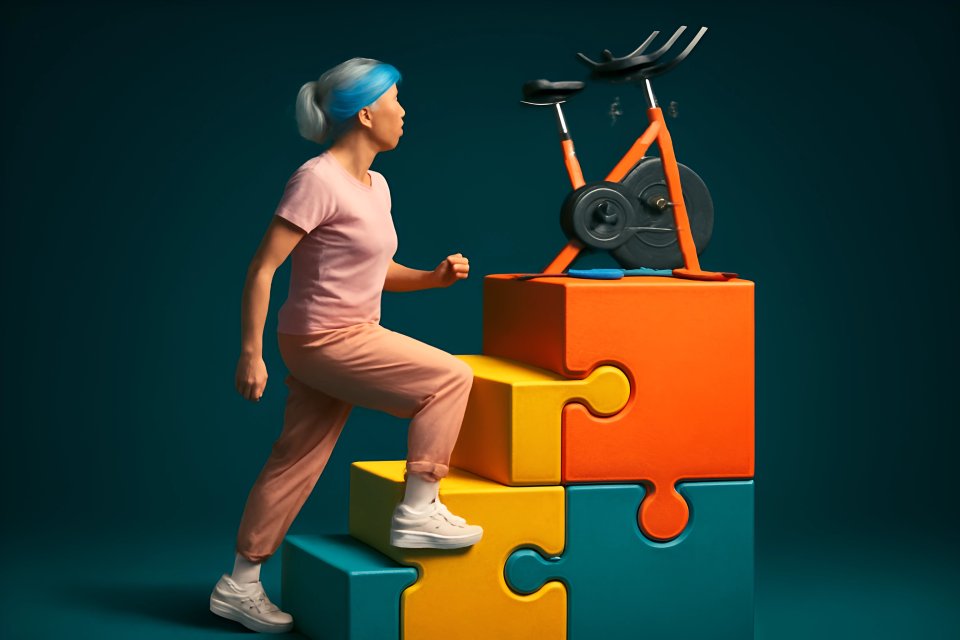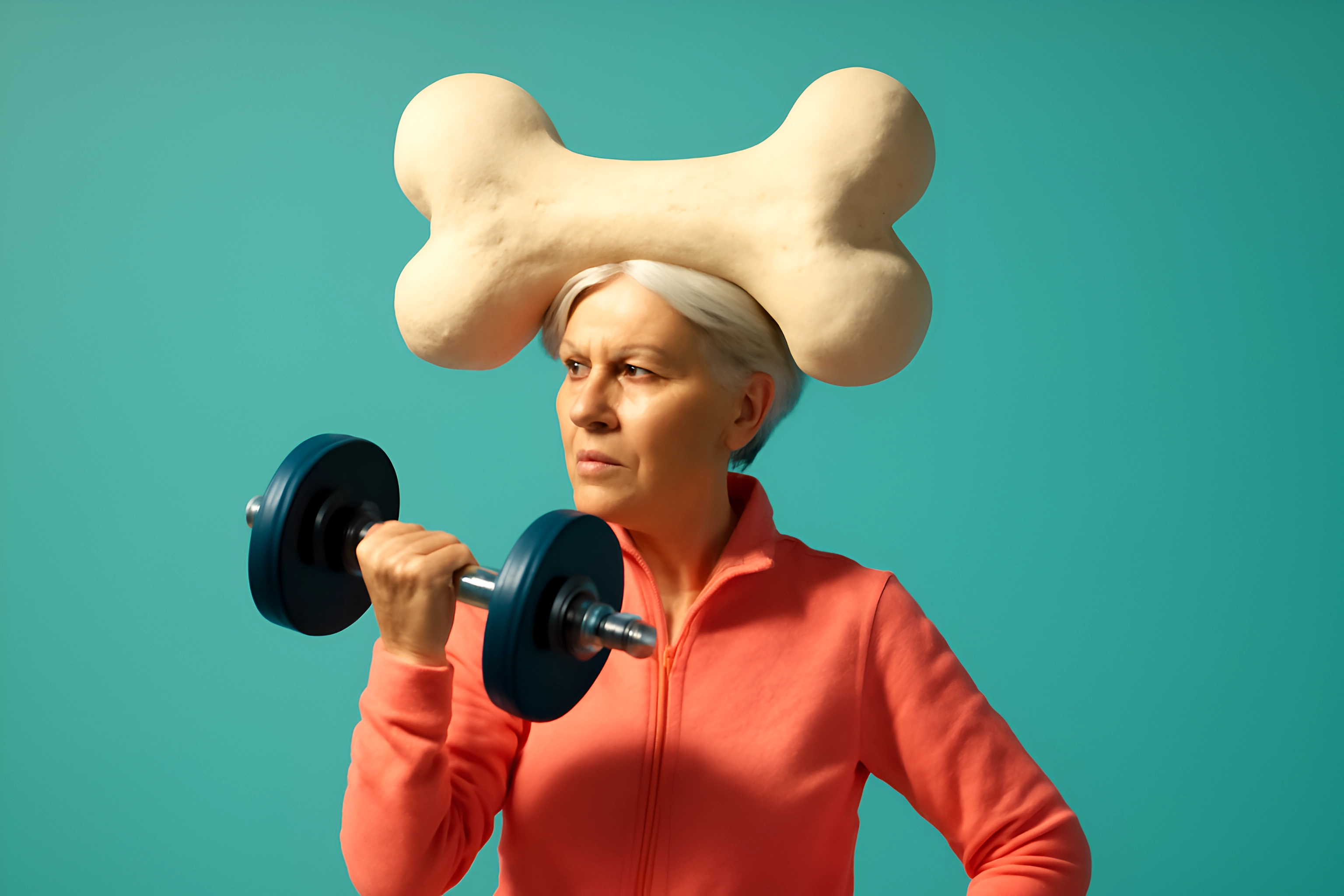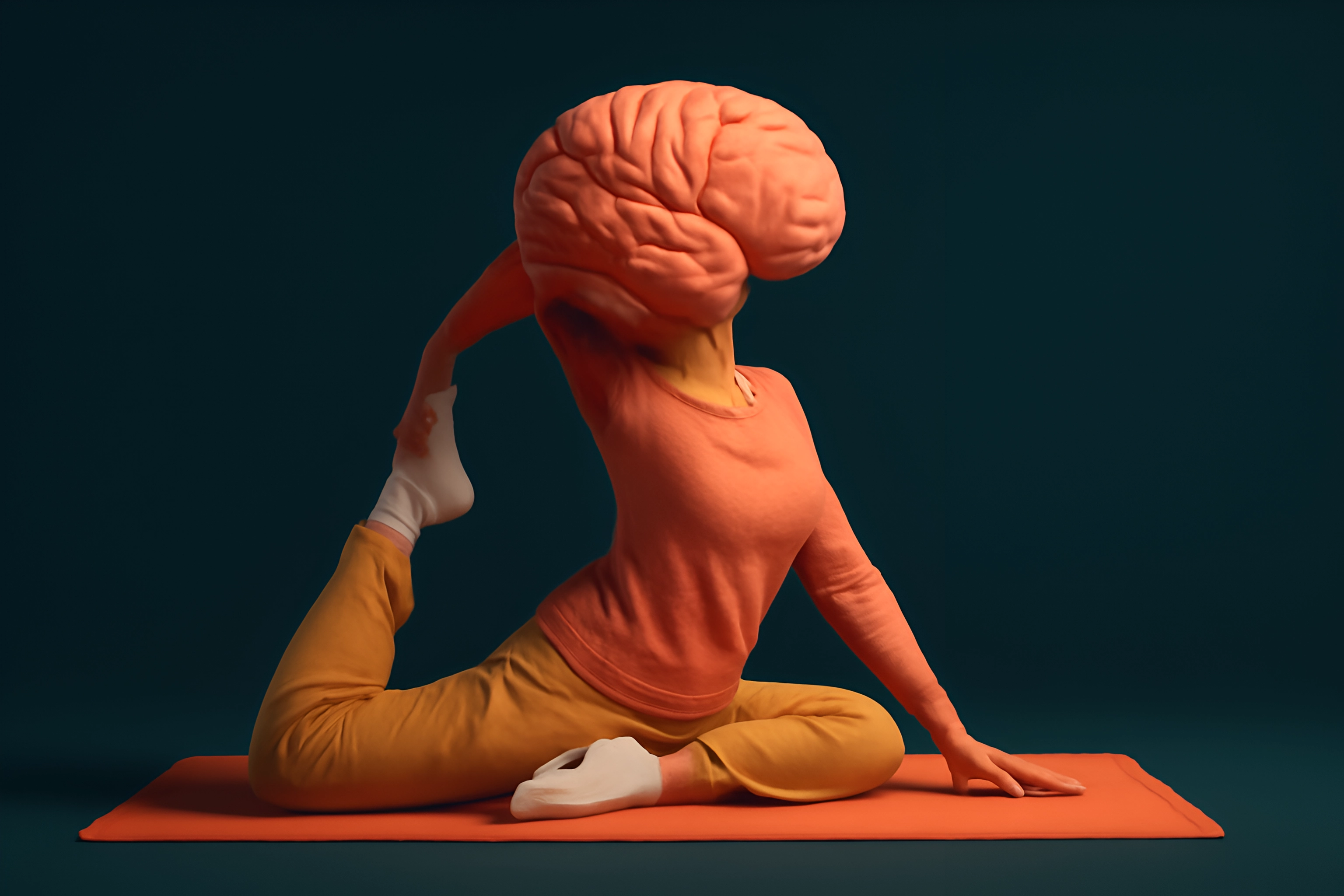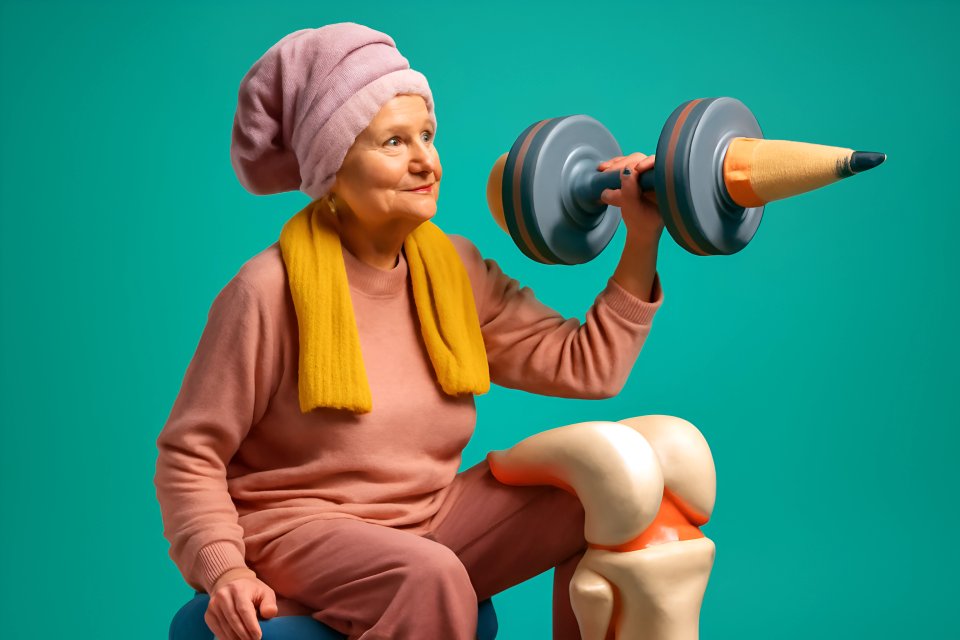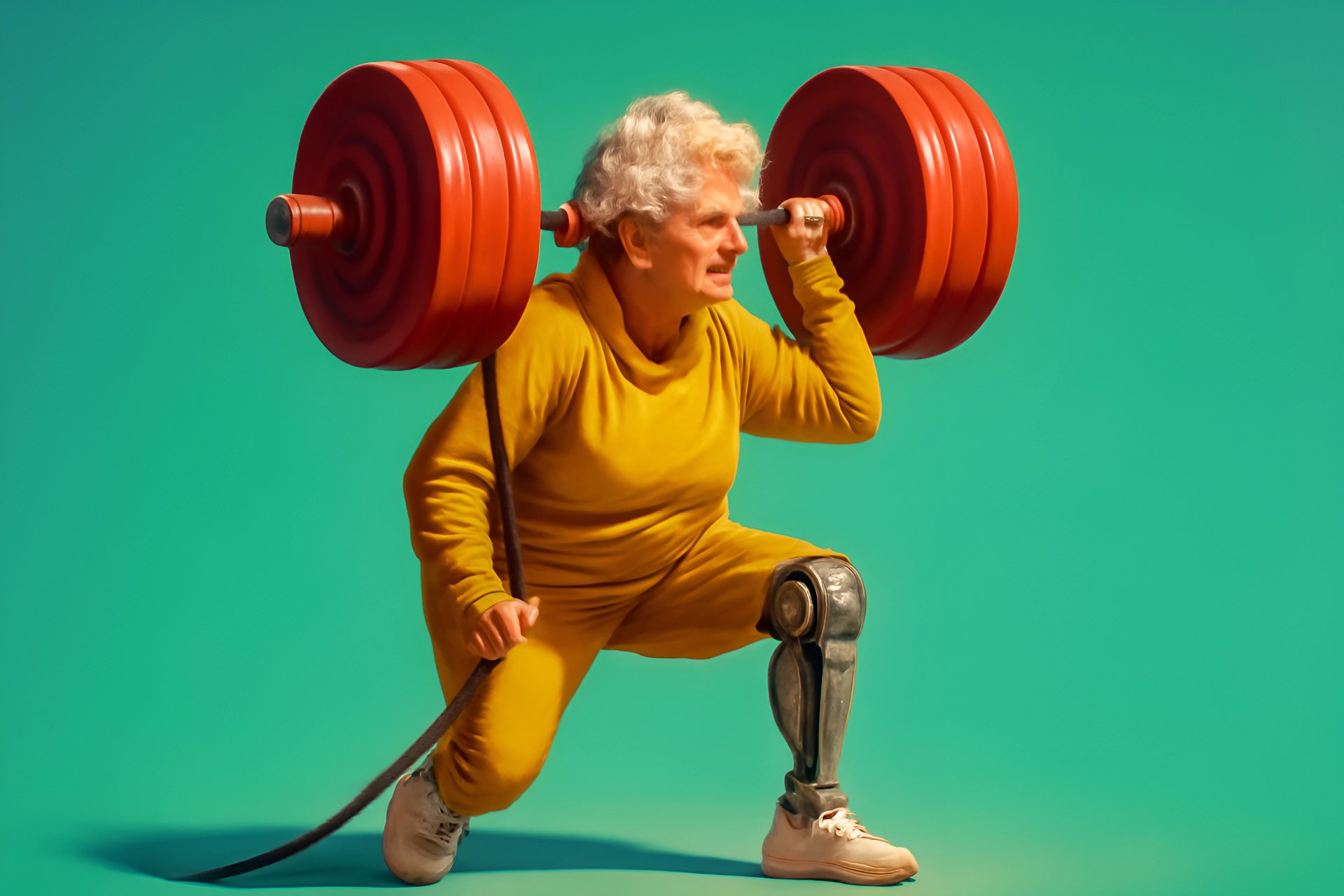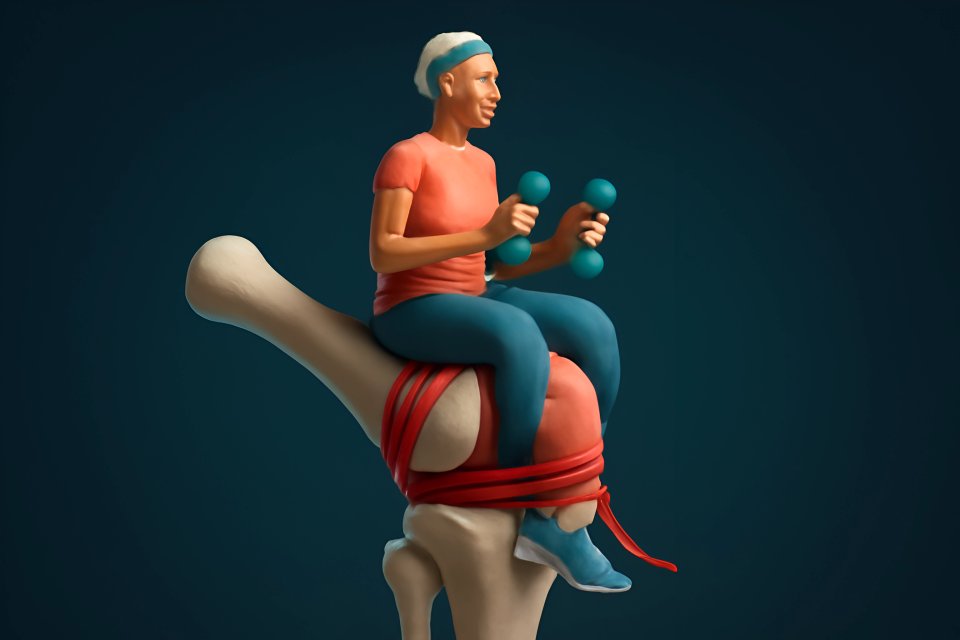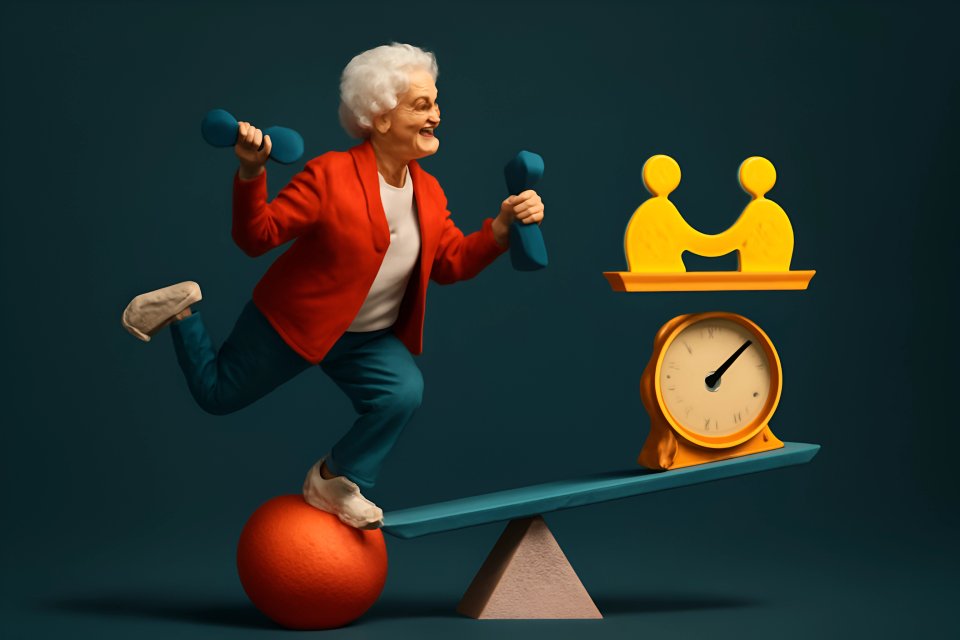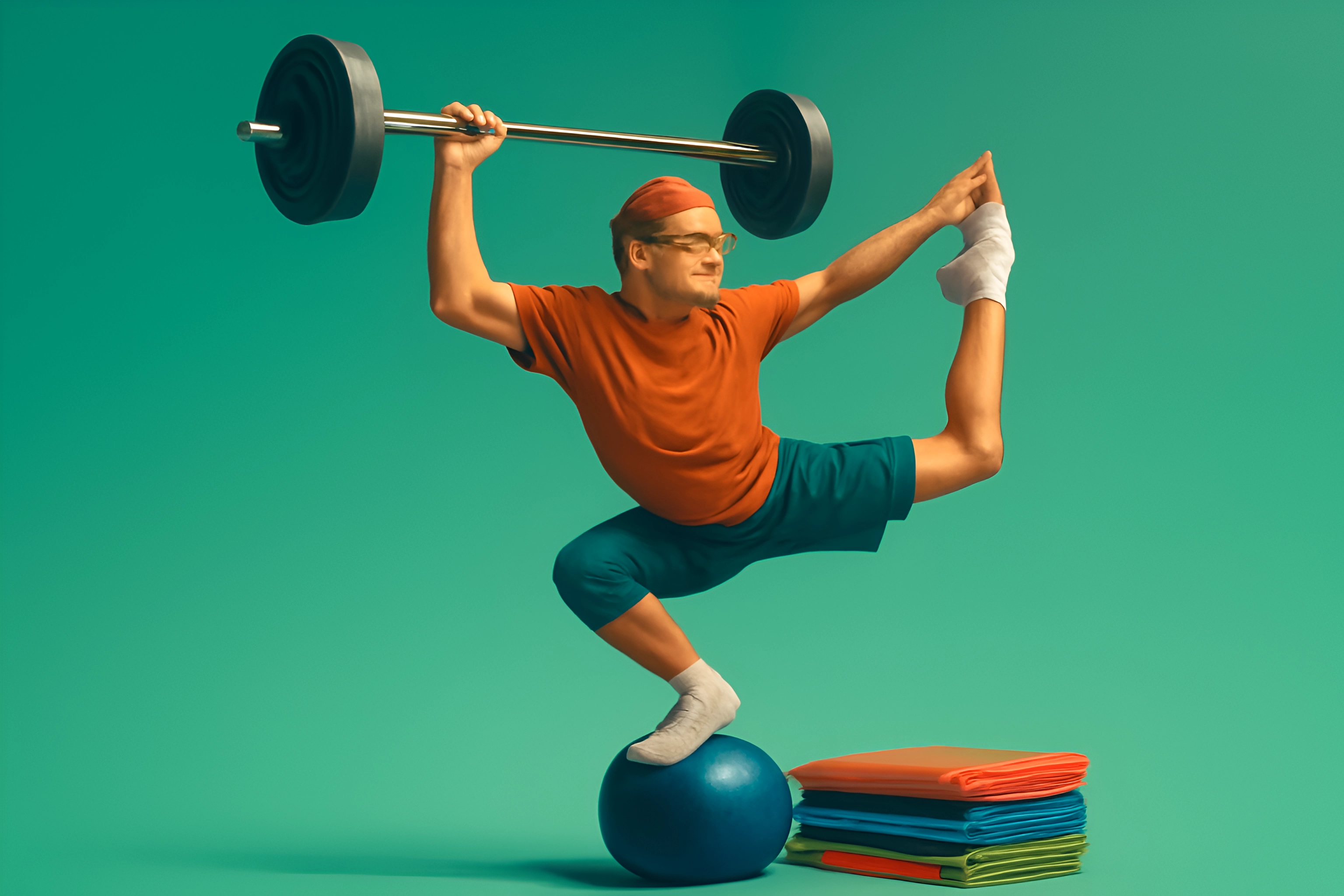
Remember when reaching for the top shelf or playing with the grandkids felt effortless? That feeling of easy, confident movement isn't lost forever. The key to reclaiming that confidence and energy isn't a single magic workout—it's about creating harmony in how you move.
A truly effective fitness plan for those over 50 rests on three essential pillars: Strength, Flexibility, and Balance. Neglect one, and the whole structure becomes wobbly. But when you bring them together, you build a foundation for a life filled with vitality, independence, and joy.
This article will guide you through understanding why each pillar is crucial for your well-being. More importantly, it will show you how to weave them together into a balanced exercise routine for seniors that fits your life, your goals, and your body. Get ready to feel stronger, move more freely, and stand taller than you have in years.
Strength Training: Your Foundation for an Active Future
Let’s talk about the elephant in the room: muscle loss. It’s a natural part of aging called sarcopenia, and after age 50, adults can lose 3-5% of their muscle mass each decade if they aren't actively working to maintain it. This isn't just about looks; it's about your ability to live the life you want, making daily tasks like carrying groceries, climbing stairs, and getting up from a chair feel harder than they should.
But here’s the incredible news: you can fight back. You can reverse this trend. Consistent resistance training is your most powerful weapon, rebuilding that essential muscle tissue. Beyond muscle, strength training places healthy stress on your bones, signaling them to become denser and stronger, which is critical for reducing the risk of osteoporosis and devastating fractures.
Getting started doesn't mean you need to become a bodybuilder. The most effective senior strength and flexibility exercises are often the simplest. Think of movements like chair squats, where you practice standing up and sitting down with control. Try wall push-ups to build upper body strength safely, or glute bridges while lying on the floor to strengthen your hips and lower back. Using light resistance bands for bicep curls or seated overhead presses with small dumbbells can make a world of difference, protecting your joints while building the power you need for an active future.
Flexibility & Mobility: Moving Freely and Without Pain
Do you ever feel a twinge in your back when you bend down to tie your shoes? Or a stiffness in your neck when you look over your shoulder to back out of the driveway? That’s your body calling out for more flexibility. Flexibility isn't a luxury; it's the key to moving through your day with ease and without the constant nagging of aches and pains.
When your muscles are supple and your joints have a full range of motion, everything changes. Gardening becomes a joy again, not a chore. You can reach for things without hesitation. According to research from Harvard Medical School, greater flexibility is even linked with longer lives, partly because it improves circulation and reduces inflammation. Supple muscles are also far less likely to be pulled or strained, acting as your body's own internal injury prevention system.
Embracing flexibility can be a gentle, calming part of your day. Static stretches, where you hold a position for 20-30 seconds, are perfect for increasing your range of motion. Try a seated hamstring stretch or a simple chest opener in a doorway. You can also incorporate dynamic stretches like gentle arm circles and torso twists to warm up your body. For a truly holistic approach, activities like Yoga and Tai Chi are fantastic, as they combine stretching with balance and mindfulness, giving you a complete mind-body benefit.
Balance Training: Your Key to Confidence and Fall Prevention
What is the one thing that can rob you of your independence faster than anything else? A fall. It’s a fear that lives in the back of the mind for many of us, and for good reason. But what if you could build an invisible shield against falls? That shield is balance training for older adults.
Improving your balance is about more than just staying upright; it's about reclaiming your confidence. It’s the freedom to walk across an uneven lawn at a family picnic or navigate a crowded store without feeling anxious. Targeted exercises can reduce fall risk by up to 50% by retraining your body's internal sense of position, known as proprioception, and strengthening the tiny stabilizer muscles in your ankles and core.
You can start building better balance right in your own home. Begin by simply standing on one leg while holding onto a sturdy chair or countertop for support. As you get stronger, try a heel-to-toe walk down a hallway, as if you're on a tightrope. Once again, Tai Chi proves to be a balance superstar, with its slow, deliberate movements that are proven to improve stability and reduce falls.
Weaving It Together: A Sample Weekly Schedule
The real magic happens when you stop thinking of strength, flexibility, and balance as separate chores and start weaving them into a seamless routine. A strong muscle is more useful when it's also flexible. Great balance is supported by a strong core. This integrative approach is the secret to creating a truly comprehensive workout plan for over 50.
This isn't about spending hours in a gym. It's about smart, consistent effort. According to the Tufts University "Growing Stronger" protocol, a structured routine can improve stair-climbing ability by 28% and reduce falls by 40%. The key is creating a schedule that works for you.
Here is a sample blueprint to get you started. Think of it as a template, not a rigid rule. The most important command to follow is listen to your body.
| Day | Activity | Focus |
|---|---|---|
| Monday | Strength Training (Full Body, 30 mins) + 5 mins of stretching | Strength & Flexibility |
| Tuesday | Brisk Walk or Water Aerobics (30 mins) + Balance Exercises (10 mins) | Cardio & Balance |
| Wednesday | Active Recovery – Gentle Yoga or dedicated Flexibility session (20-30 mins) | Flexibility & Mobility |
| Thursday | Strength Training (Full Body, 30 mins) + 5 mins of stretching | Strength & Flexibility |
| Friday | Brisk Walk or Cycling (30 mins) + Balance Exercises (10 mins) | Cardio & Balance |
| Saturday | Active Hobby (Gardening, dancing, long walk with a friend) | Functional Fitness |
| Sunday | Rest & Gentle Stretching | Recovery |
Your Checklist for Success
Getting started on the right foot is crucial for building momentum and staying safe. Keep these essential tips in mind as you begin your journey.
- Consult Your Doctor: This is always the first and most important step. Get clearance from your physician before beginning any new exercise program, especially if you have pre-existing conditions.
- Warm-Up & Cool-Down: Never skip these. A 5-minute warm-up (like marching in place and arm circles) prepares your muscles for work, and a 5-minute cool-down with gentle stretching aids recovery.
- Consistency Over Intensity: The FitOverFifty philosophy is simple: a little bit every day is far more powerful than one exhausting workout a week. Don't burn yourself out.
- Hydration is Key: Your muscles and joints need water to function properly. Sip water throughout the day, especially before, during, and after your workouts.
- Listen to Your Body: Learn the difference between the satisfying ache of a muscle that has worked hard and the sharp, concerning pain that signals a problem. Never push through sharp pain.
Your Journey to a Stronger, More Balanced You
Let's be clear: building a balanced exercise routine isn't about turning back the clock. It's about winding it up for the vibrant, active, and joyful years ahead. You have the power to build strength, improve your stability, and live with greater freedom and confidence.
The journey begins not with a giant leap, but with a single, deliberate step. It’s choosing to do five chair squats during a commercial break. It’s holding a stretch for 30 seconds while you wait for your coffee to brew. It’s standing on one foot while you brush your teeth.
You are the architect of your own vitality. Start small, stay consistent, and celebrate every single step forward. You’ve got this.
What's one small step you can take this week to add more balance to your routine? Share your ideas in the comments below!
Ready to build strength without stressing your joints? Check out our guide on Practical Strength Training Modifications for Seniors with Joint Pain.
For more practical fitness and wellness tips delivered right to your inbox, subscribe to the FitOverFifty newsletter.







